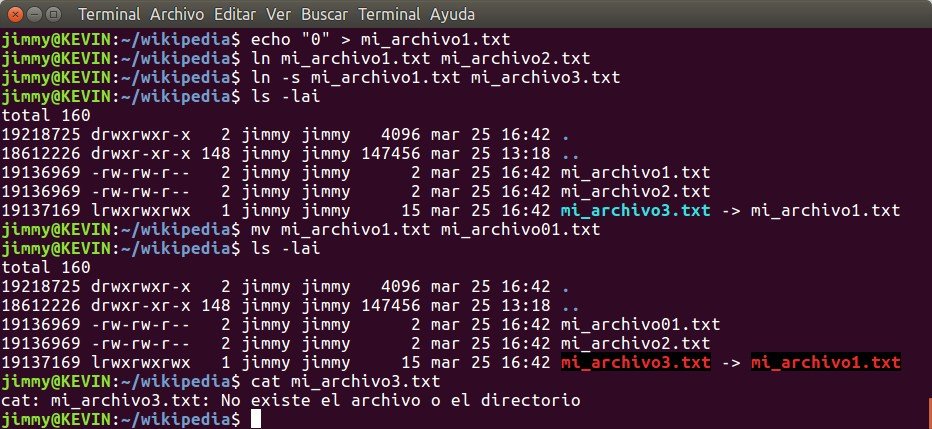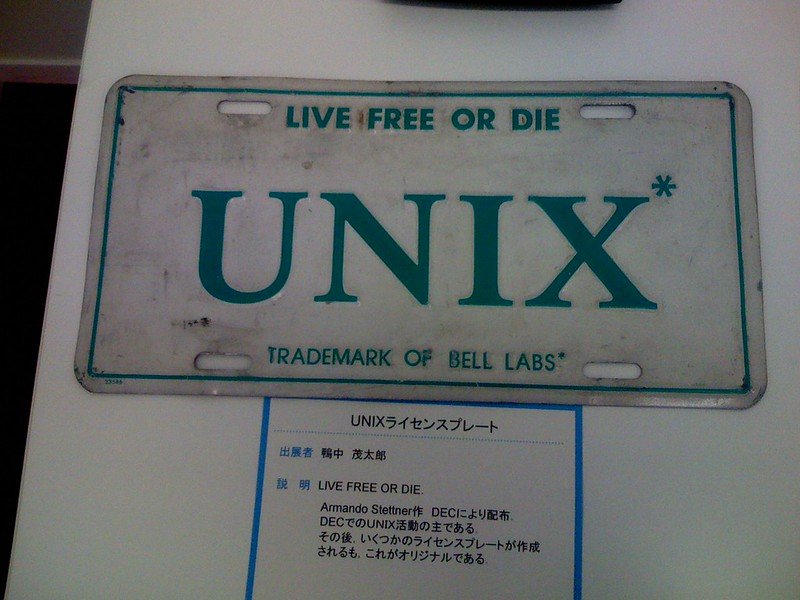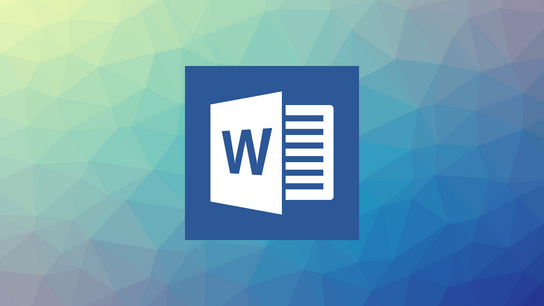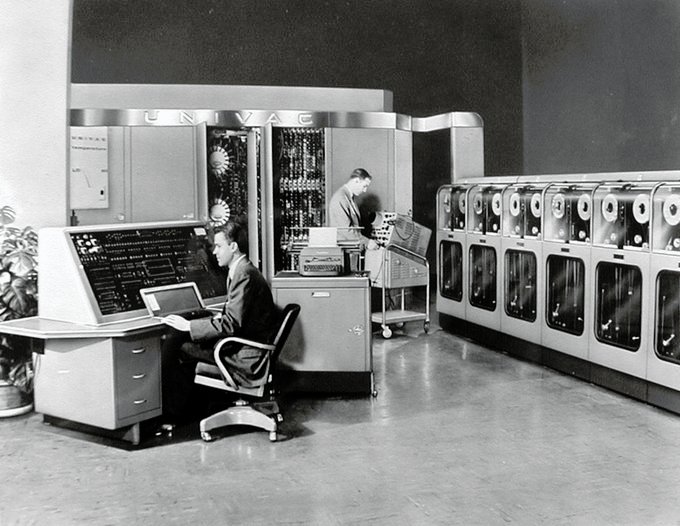The history of Unix is a remarkable journey that has shaped the landscape of operating systems and computer technology. Rooted in the hallowed halls of Bell Labs, Unix emerged as a groundbreaking innovation that would influence the very foundation of modern computing.
At its core, an operating system is the invisible conductor of a computer’s orchestra, orchestrating the interplay of hardware and software. Unix, born in the late 1960s at Bell Labs, was conceived with a vision of simplicity and elegance. Developed by luminaries such as Ken Thompson and Dennis Ritchie, Unix started as a modest endeavor, initially known as Unics (Uniplexed Information and Computing System), but it soon transcended its humble beginnings.
The history of Unix can be traced back to 1971, when it was first implemented in assembly language on the PDP-11 computer. However, Unix came into its own with the introduction of the C programming language, a pivotal move orchestrated by Dennis Ritchie in 1973. This monumental shift made Unix highly portable, laying the groundwork for its widespread adoption.
Unix’s ascent continued as it found its way into academic institutions and research centers, nurturing a thriving community of developers and enthusiasts. The University of California, Berkeley’s BSD Unix project introduced further innovations, adding features like virtual memory support and the iconic C shell.
As the history of Unix unfolded, commercial variants like System III and System V materialized, driving Unix into the corporate world. Simultaneously, the GNU Project, under Richard Stallman’s leadership, aimed to create a free and open-source Unix-like system, filling the gaps left by proprietary Unix variants.
Fast forward to the 21st century, and Unix’s legacy endures. It thrives in various Unix-based operating systems, Linux being a prime example, powering servers, embedded systems, and much of the internet’s infrastructure.
This journey through the history of Unix unveils a testament to its enduring impact on the world of operating systems and computing. It serves as a beacon of innovation and simplicity, a guiding light in the ever-evolving realm of technology.
Table of Contents
What is Unix?

Unix is an operating system (OS) that originated in the late 1960s at AT&T’s Bell Labs. It is a family of multitasking, multiuser computer operating systems known for their stability, flexibility, and power. Unix has profoundly influenced the development of operating systems and software in the computing industry. Here are some key characteristics and features of Unix:
Multiuser and Multitasking
Unix is designed to support multiple users simultaneously. Each user can have their own user account, and the system can run multiple processes (programs) simultaneously, efficiently sharing the computer’s resources.
Hierarchical File System
Unix uses a hierarchical file system, where files and directories are organized in a tree-like structure. This system allows for easy organization and navigation of files and directories.
Command-Line Interface
Unix is known for its powerful command-line interface (CLI). Users interact with the system by entering commands and text-based instructions in a terminal or shell. This approach provides fine-grained control over system operations.
Portability
Unix was originally written in the C programming language, which made it highly portable. This means Unix can easily adapt to various hardware platforms with minimal modifications.
Modularity
Unix follows a modular design philosophy, where small, specialized programs (utilities) perform specific tasks. These utilities can be combined and piped together to accomplish more complex tasks, promoting a “do one thing and do it well” approach.
Networking
Unix systems have robust networking capabilities built-in, which played a crucial role in the development of the internet. Unix-based servers have been fundamental to the growth of the World Wide Web.
Security
Unix systems include various security features, such as file permissions and user authentication, to protect data and control resource access.
Open Standards
Unix adheres to open standards, and many Unix-like systems follow the POSIX (Portable Operating System Interface) standard, which ensures compatibility and interoperability between different Unix-like systems.
Variants and Derivatives
Over the years, Unix has given rise to numerous variants and derivatives, including Linux, FreeBSD, macOS (based on Darwin), and various commercial Unix flavors like AIX, HP-UX, and Solaris.
Unix’s simplicity, modularity, and flexibility design principles have had a lasting impact on the computing world. It continues to be a foundational element of modern operating systems. It is the basis for various applications, from servers and workstations to embedded systems and mobile devices.

History Of Unix
The history of Unix is a fascinating journey that has profoundly impacted the development of modern operating systems and the computer industry as a whole. Unix was developed at AT&T’s Bell Labs in the late 1960s and early 1970s and has since evolved into numerous variations and derivatives. Here’s a detailed overview of Unix’s history:
Origins (Late 1960s)
In the late 1960s, a pioneering team of computer scientists, featuring luminaries like Ken Thompson, Dennis Ritchie, and Brian Kernighan, embarked on a groundbreaking mission at Bell Labs. They aimed to craft an operating system that would redefine the computing landscape. Focused on simplicity and efficiency, their efforts materialized in the birth of Unix. Initially, this fledgling system was coded in assembly language and bore the name “Unics,” short for Uniplexed Information and Computing System. Little did they know that this modest beginning would ultimately evolve into a global technological phenomenon, leaving an indelible mark on the world of computing and serving as a bedrock for countless future innovations.
First Edition (1971)
The first edition of Unix, implemented in assembly language for the PDP-11 computer, laid the foundation for modern operating systems. One of its groundbreaking innovations was the introduction of a hierarchical file system, which organized data in a tree-like structure, enhancing data management and retrieval. Unix also introduced a command-line interface (CLI), a departure from the then-prevailing batch processing systems, allowing users to interact with the system in real-time by entering text-based commands. Furthermore, Unix pioneered the concept of pipes, enabling seamless inter-process communication, a feature that would later become instrumental in creating complex data processing workflows and enhancing the system’s versatility.

Development and Portability (Early 1970s)
In 1973, a pivotal moment in Unix’s evolution occurred when Dennis Ritchie rewrote the operating system in the C programming language. This monumental shift was a game-changer, making Unix highly portable across different hardware platforms. By adopting C, Unix could be easily adapted to run on various computers, transcending the constraints of specific architectures.
The release of the Fourth Edition of Unix in the same year represented a significant milestone. It featured enhanced performance, improved utilities, and refined system calls. This version’s success solidified Unix’s reputation as a versatile and powerful operating system, setting the stage for its widespread adoption and the subsequent development of various Unix-based systems that continue to shape the computing landscape today.
BSD Unix (Late 1970s)
In the late 1970s, the University of California, Berkeley, embarked on a pioneering journey in the world of Unix by developing the Berkeley Software Distribution (BSD) Unix. This project was built upon the foundation of the AT&T Unix source code, further enhancing and extending its capabilities.
One of the most notable contributions of BSD Unix was the introduction of virtual memory support, a groundbreaking feature that allowed systems to effectively manage memory resources, significantly improving performance and multitasking capabilities. Additionally, BSD Unix introduced the C shell (csh), providing users with a more powerful and scriptable command-line interface and the vi text editor, which would become an enduring and widely-used tool for text manipulation.
These innovations marked BSD Unix as a significant milestone in the evolution of Unix-based operating systems, setting a standard for features and capabilities that would continue to influence the broader Unix and Linux communities for decades.
Commercialization (1980s)
AT&T’s commercialization of Unix in the 1980s marked a significant turning point in its history. This move resulted in the development and release of commercial Unix variants like System III and System V. These variants adhered to established standards, making them attractive to hardware vendors seeking a stable and widely accepted operating system for their platforms. As a result, Unix became a versatile and popular choice, finding its way into a broad spectrum of computing environments, from mainframes and minicomputers to workstations and servers. This widespread adoption laid the foundation for Unix’s enduring influence in computing.
GNU Project (1980s)
In 1983, Richard Stallman embarked on a pioneering mission with the launch of the GNU Project. His goal was to craft a free and open-source Unix-like operating system that would empower users with the freedom to use, study, modify, and distribute software. Over the years, the GNU Project made remarkable strides in the realm of open-source software, developing pivotal components like the GNU C Library (glibc), which provided essential system functionality, and the GNU Compiler Collection (GCC), a robust suite of compilers. These contributions formed the bedrock for the GNU/Linux ecosystem and played a pivotal role in the broader open-source movement, shaping the landscape of modern computing.

Linux and Open Source (1990s)
In 1991, Linus Torvalds released the inaugural version of the Linux kernel, a pivotal moment in computing. When combined with the extensive suite of GNU software and a host of other open-source components, this kernel culminated in the birth of a comprehensive, Unix-like operating system. Linux’s ascendancy was swift, primarily driven by its open nature and collaborative development model. Its flexibility, stability, and security soon garnered a dedicated following, propelling it to prominence. Today, Linux serves as the bedrock for many modern Unix-like operating systems, underpinning everything from web servers and mobile devices to scientific research supercomputers, epitomizing the power of open-source innovation and community-driven software development.
Unix Today (21st Century)
Unix’s evolution remains evident in enterprise environments, where commercial Unix variants like IBM’s AIX, Hewlett Packard’s HP-UX, and Oracle’s Solaris continue to deliver robust and specialized solutions, especially for mission-critical applications.
Linux, an open-source Unix-like OS, has dominated server and embedded systems. Its scalability, security, and flexibility have made it the backbone of the internet’s infrastructure, supporting countless websites and services while also powering a wide array of devices, from smartphones to supercomputers.
macOS, the operating system at the heart of Apple’s Mac computers, is rooted in Unix. Its foundation, known as Darwin, combines the user-friendly Apple interface with Unix’s stability and security, offering a seamless and powerful computing experience for Mac users.
Open Standards and POSIX
The POSIX (Portable Operating System Interface) standard, born out of the need for interoperability among Unix-like operating systems, has played a pivotal role in fostering compatibility and consistency across diverse computing environments. By defining a shared set of application programming interfaces (APIs) and command-line interfaces, POSIX ensures that software written for one Unix-like system can seamlessly run on others. This standardization simplifies software development and deployment and enhances portability, enabling applications and utilities to function reliably across a wide spectrum of Unix-based platforms. POSIX’s enduring legacy continues to promote cross-system compatibility and streamline the world of Unix and Unix-like operating systems.
Unix’s storied history began at Bell Labs, where it was conceived as a groundbreaking operating system. Its adoption in academia and industry fueled its growth, leading to the emergence of influential variants like BSD and commercial Unix versions. The GNU Project’s contributions enriched Unix’s ecosystem with essential components, while the ascent of Linux marked a turning point, sparking an open-source revolution. Today, Unix’s enduring relevance is evident across diverse computing platforms. Its design principles of simplicity, modularity, and portability continue to influence and inspire modern operating systems, shaping the very foundations of contemporary computing.














